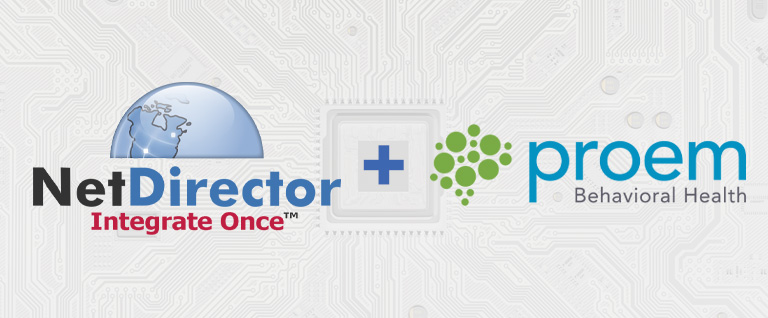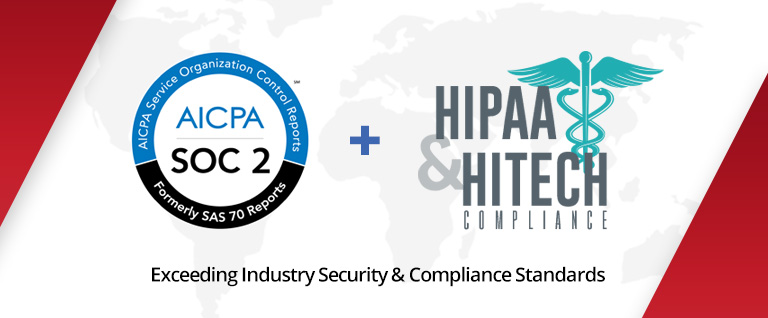As the U.S. Department of Veterans Affairs (VA) moves toward replacement of its decades-old VistA electronic health record (EHR) system, a tumultuous first half of 2018 seems to have settled into a period of practicality.
President Trump fired VA Secretary David Shulkin from his post on March 28 after an inspector general report asserted violations of federal ethics rules and procedures related to an overseas trip by Shulkin. The agency’s acting CIO, Scott Blackburn, then resigned on April 17, leaving in limbo a $10 billion contract for VA to adopt the same Cerner EHR platform being pilot-tested by the Department of Defense (DoD).
The proposed VA-Cerner deal had already triggered concern in Congress that the project’s price tag wouldn’t cover an additional 50 to 60 percent in costs to upgrade supporting infrastructure as well as ongoing maintenance for the new EHR.
Nonetheless, VA announced on May 17 that a contract with Cerner had indeed been signed, capping out at $10 billion over 10 years, and stipulating that VA would adopt the same EHR platform as DoD. Acting VA Secretary Robert Wilkie, Shulkin’s successor, said the new system, when fully deployed, would represent “a monumental advance in veterans’ healthcare” and build on DoD’s experiences in rolling out its EHR.
Operating the VA’s and DoD’s EHR systems on the same platform would improve interoperability and health data exchange, which in turn would simplify and facilitate care coordination for VA providers, Wilkie explained.
System Shortcomings
While striving to meet high expectations for its new EHR, the VA will undoubtedly learn from DoD’s Cerner-based MHS Genesis EHR implementations at Fairchild Air Force Base, Naval Health Clinic Oak Harbor and Naval Hospital Bremerton — all located in Washington state — from September through December 2017. A DoD memo dated April 30, 2018, concluded that system rollouts at those three sites “[did] not demonstrate enough workable functionality to manage and document patient care.” The report said MHS Genesis “is not operationally suitable because of poor system usability, insufficient training and inadequate help desk support.”
Other specifics cited in the DoD memo included “poorly defined user roles and workflows, [which] resulted in an increase in the time required for healthcare providers to complete daily tasks.” Some providers complained that they needed to work overtime and saw fewer patients per day due to delays caused by defects in the EHR system.
In response, Cerner President Zane Burke told shareholders in May that the company was aware of certain issues upfront at the three test sites, but DoD’s delivery on the project had gone “incredibly well overall.” Cerner plans to evaluate and remediate as necessary at the pilot MHS Genesis sites, Burke added.
In doing so, Cerner will need to address the workflow issue in particular, according to Navy Vice Admiral Raquel Bono, director of DoD’s Defense Health Agency. “Workflow adoption is the crux of the change management that’s needed to successfully deploy an EHR system, Bono said during a panel discussion at the HIMSS18 healthcare IT conference in March. Bono noted that DoD would be working in concert with VA to ensure proper identification and “unanimity of workflows.”
Meeting Challenges Through Integration
Although the DoD and VA EHR implementations may be unprecedented in size and scope, the inherent obstacles translate to smaller but similar-in-concept projects underway at healthcare stakeholder facilities across the country. In many cases, cloud-based integration and strong data management are critical factors for success.
A single cloud-based platform, such as NetDirector’s HealthData Exchange, enables hospitals and physician practices to reduce the time, cost and effort associated with EHR integration. By streamlining clinical workflow and communications with trading partners, facilities can support automated processes in place of paper-based workarounds, thereby reducing administrative costs and complementing existing IT investments. And, in the end, that frees up providers for their primary task — taking care of patients.
To find out more about HealthData Exchange, please contact us or request a free demo.




